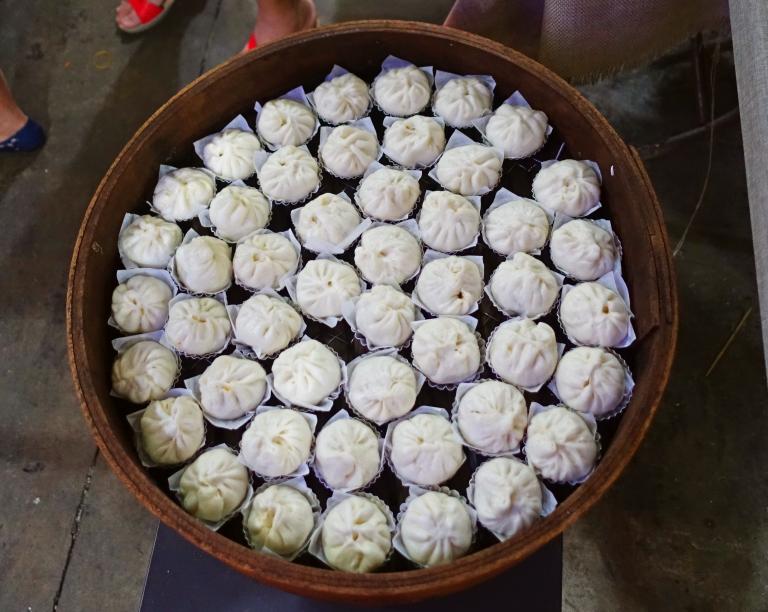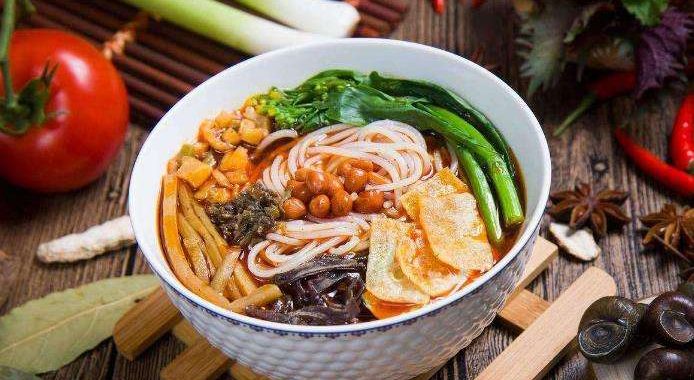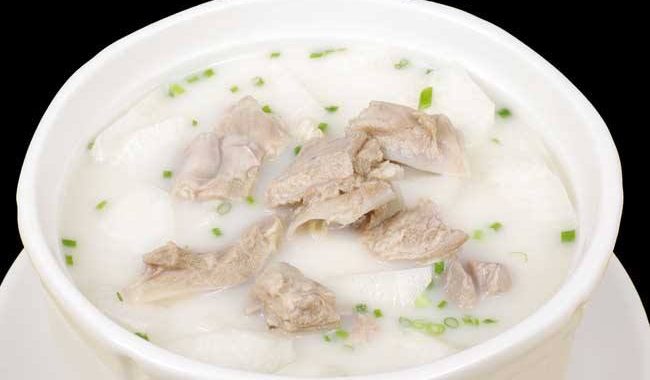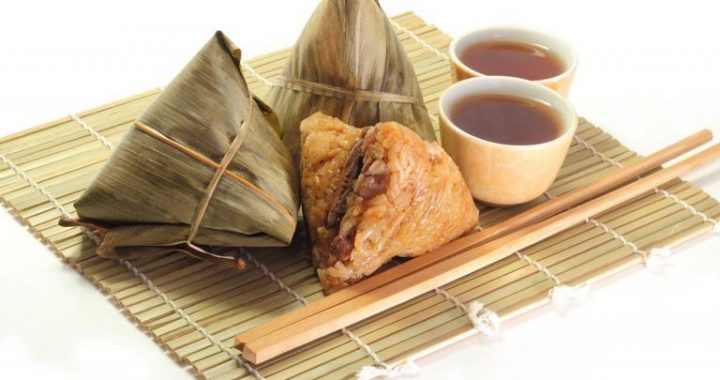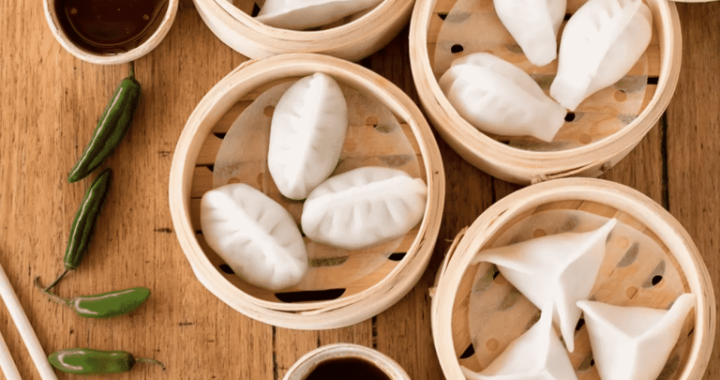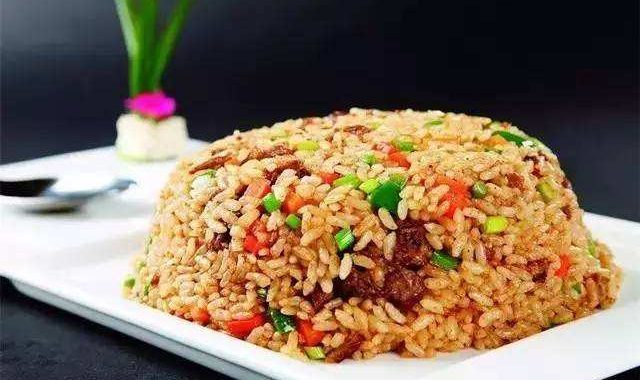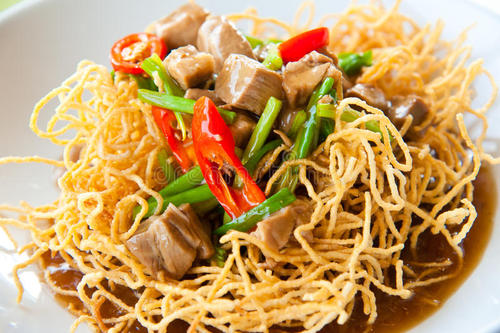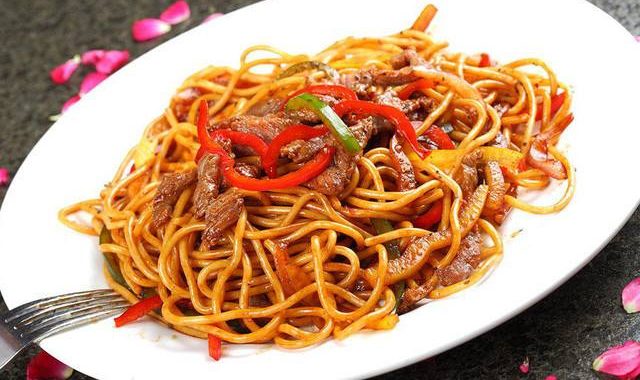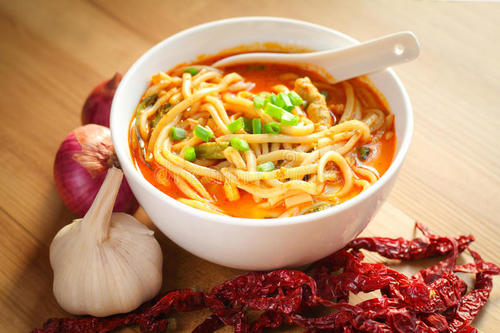Every Dish Has a Story
3 min readThe names of Chinese dishes are diverse. but behind each of the famous dishes is an interesting story explaining why it is popular. A catchy name may add value to the dish However. some names are so eccentric that they may confuse people, both Chinese and foreigners. If you explain the names in a literal way.you may make a fool of yourself
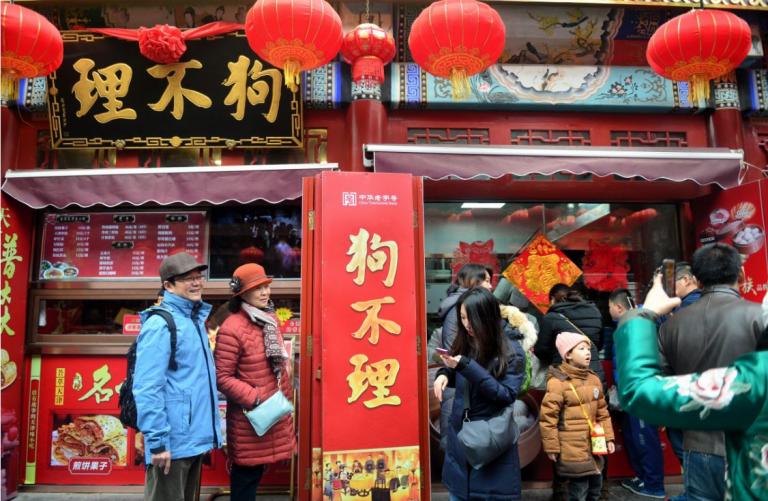
Take Goubuli steamed buns in the city of Tianjin for example. These popularbuns are all handmade and of the same size. when served in neat rows in the tray, they look like budding chrysanthemum flowers. The wrapping is thin, the fillings are juicy, and the taste is tender and delicious yet at all not greasy. Then why the name?
There is an interesting story behind it. Goubuli steamed buns were first sold in Tianjin about 150 years ago. a local young man by the name of Gouzi(dog)worked as an apprentice in a shop selling baozi(steamed buns). Three years later, he set up his own baozi shop. Because his buns were so delicious, he soon had a thriving business, with more and more people coming for the buns. As hardworking as Dog was, he still could not meet the demands of his customers, who had to wait a long time. Impatiently some people would call out to urge him on, but as he was busy preparing the buns, he had no time to answer. People therefore called his buns Goubuli, meaning Dog pays no attention. This eccentric name, however, had very good promotional effects and has been used ever since. Now Goubuli is a time-cherished brand name in Tianjin
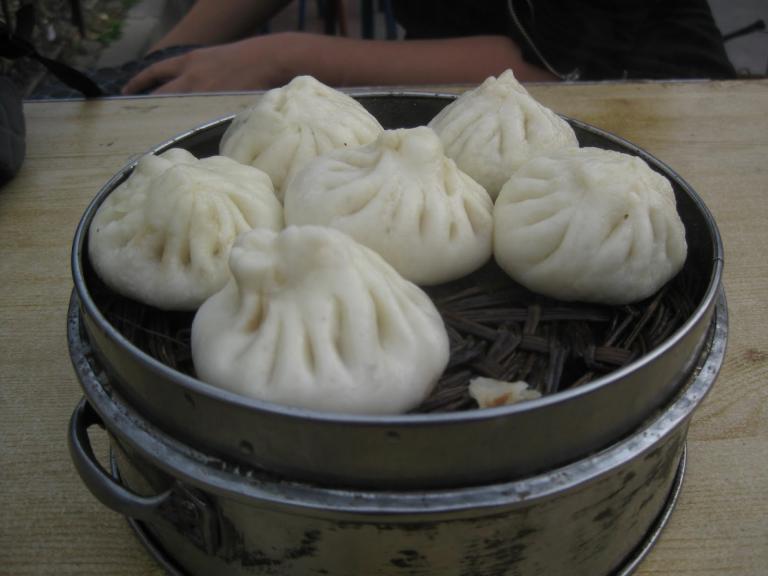
In Zhejiang cuisine, there is a well-accepted dish called dongpo meat. This dish is prepared over a slow fire, with streaky pork in big chunks and garnishes of green onion, ginger at the bottom of the pot, cooking wine, soy sauce, and sugar The finished dish is bright red in color and tender and juicy in taste, yet without any feel of greasiness. This dish was named after Su Dongpo(1037-1101).a great poet of the Northern Song Dynasty(960-1127), who created it when he was an official in Hangzhou. It is said that when he was in charge of the drainage work for the West Lake, Su dongpo rewarded workers with stewed pork in soy sauce, and people later named it Dongpo Meat, to commemorate his gifted and generous poet
Fujian cuisine boasts a famous dish called Buddha Jumping the Wall, the No. I dish of the province. This dish is prepared with more than 20 main ingredients including chicken, duck, sea cucumber, dried scallop, tendon, shark lip, fish maw, ham, and more than a dozen garnishes like mushrooms, winter bamboo shoots and pigeon eggs. all these ingredients are placed into a ceramic pot, with cooking wine and chicken broth added and then cooked over a slow fire until the meat is tender and juicy and the soup becomes smooth and thick. a taste of the dish will leave a lingering aftertaste in the mouth. The story behind the name of the specialty goes thus:
This dish was created by a restaurant called Gathering Spring Garden in Fuzhou, Fujian during the reign of Qing Emperor Guangxu(r. 1875-1908), first named Eight Treasures Stewed in a Pot and later changed to Blessing and Longevity. One day, several scholars came to Gathering Spring Garden for a drink. When the dish was served, one of them improvised a poem: “Fragrance spreads to the neighborhood once the lid lifts./One whiff and the buddha Jumps the wall, abandoning the Zen precepts hence the name of the dish
